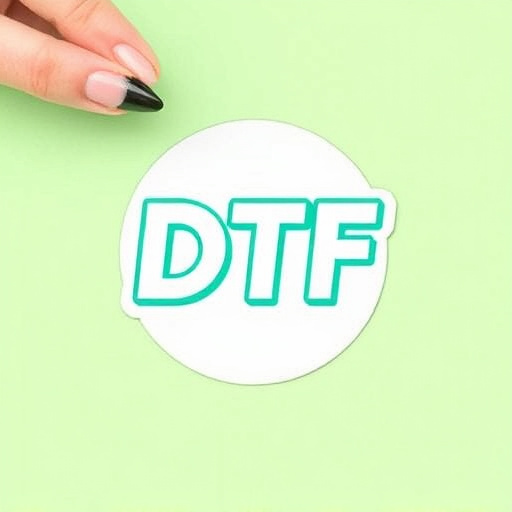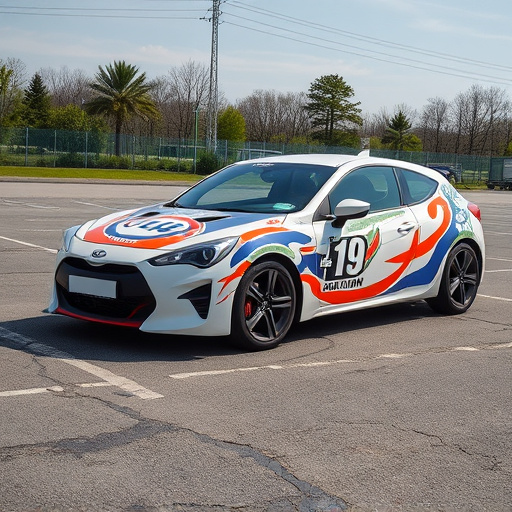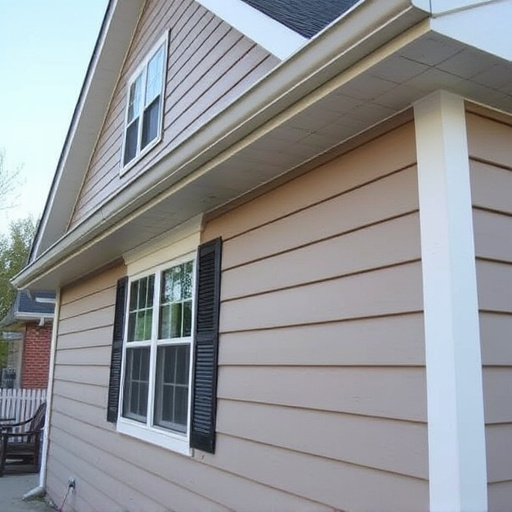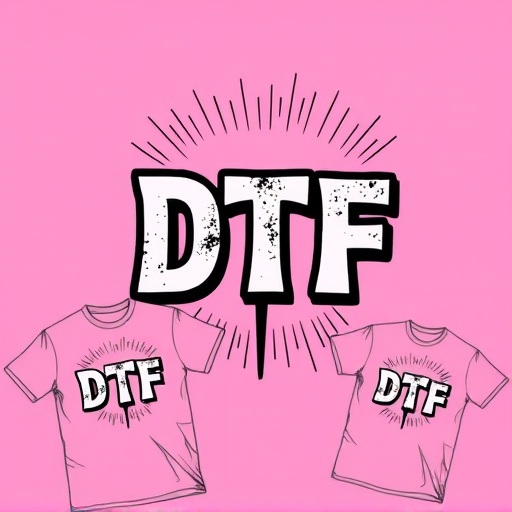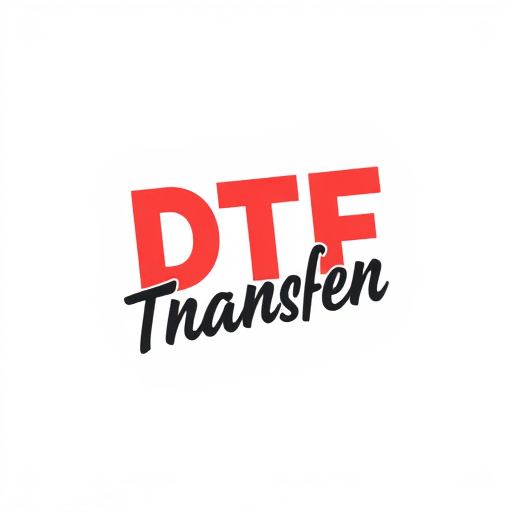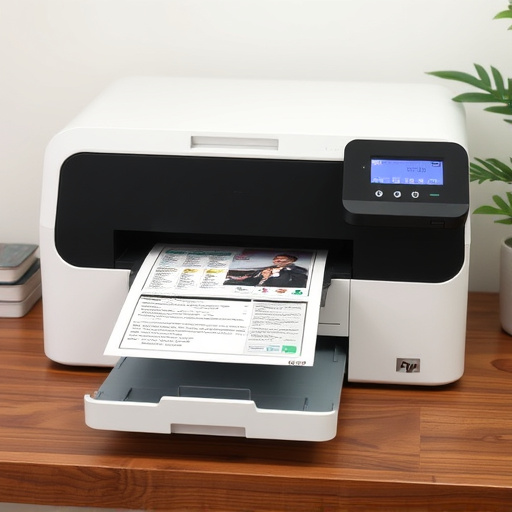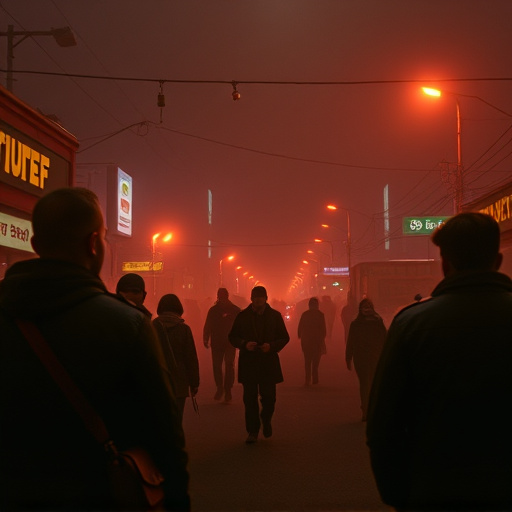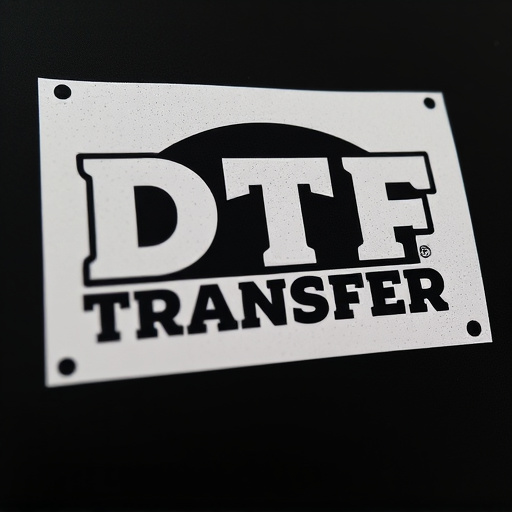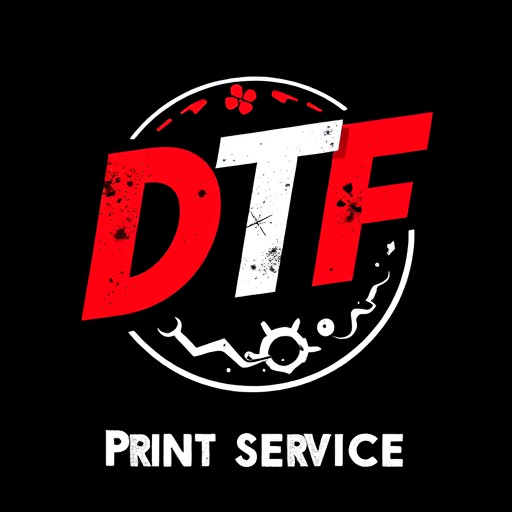Direct-to-Fabric (DTF) transfers are revolutionizing textile printing with swift production times, high-quality prints, and versatility across fabric types. They eliminate complex setup, allowing for vibrant designs on demand using specialized heat press machines. DTF caters to both small-scale projects and high-volume productions, making it popular for custom apparel, home decor, and more. Pre-made DTF transfers simplify DIY crafting with instant, precise results on various surfaces. The process involves aligning the transfer film, applying heat (150°C – 180°C) for 15-30 seconds, cooling, then removing the film. Key materials include polyester, cotton, and blends, with thread count, weight, and pre-treatment influencing print quality. Proper substrate preparation, consistent heating, tool cleaning, and calibration enhance adhesion and print quality.
Discover the world of DTF (Direct-to-Fabric) transfers, a revolutionary method for instant, heat-apply designs. This comprehensive guide explores pre-made DTF transfers, offering DIY enthusiasts and professionals alike an accessible way to create custom prints on various fabrics. From understanding the technology to mastering the application process, this article covers everything you need to know about DTF printing—from benefits and materials to troubleshooting tips.
- Understanding DTF Transfers: A Comprehensive Overview
- Pre-made DTF Transfers: Unlocking Instant DIY Possibilities
- The Heat Application Process: Step-by-Step Guide to Success
- Benefits of Using Ready-to-Use DTF Prints for Artists and Businesses
- Common Materials and Their Suitability for DTF Transfer Printing
- Troubleshooting Tips: Overcoming Challenges with DTF Transfers
Understanding DTF Transfers: A Comprehensive Overview
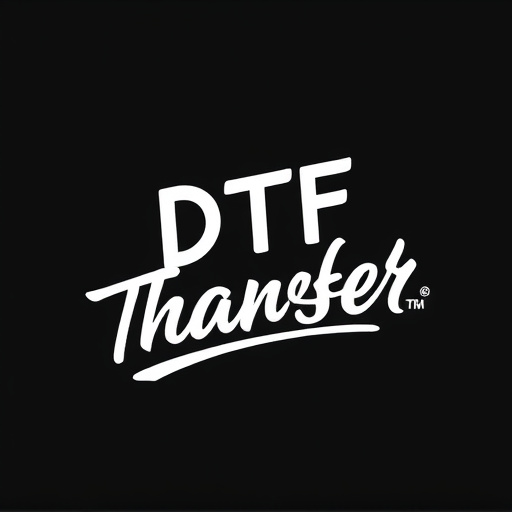
Pre-made transfers prepared for immediate heat application, known as DTF (Direct to Fabric) Transfers, are revolutionizing the textile printing industry. Unlike traditional methods that require intricate setup and lengthy processing times, DTF Printing offers a swift and efficient alternative. These transfers are designed with a special coating that allows for direct application of heat, enabling printers to produce vibrant, long-lasting prints on various fabrics within minutes.
DTF Transfers have gained significant traction due to their versatility, ease of use, and superior print quality. The printing process involves applying the transfer onto the fabric using heat press machines, ensuring a secure bond between the design and the material. This technology is not only ideal for small-scale projects but also caters to high-volume production runs, making it a popular choice among businesses and hobbyists alike. With DTF Printing, creating custom apparel, home decor items, and more has never been easier or faster.
Pre-made DTF Transfers: Unlocking Instant DIY Possibilities
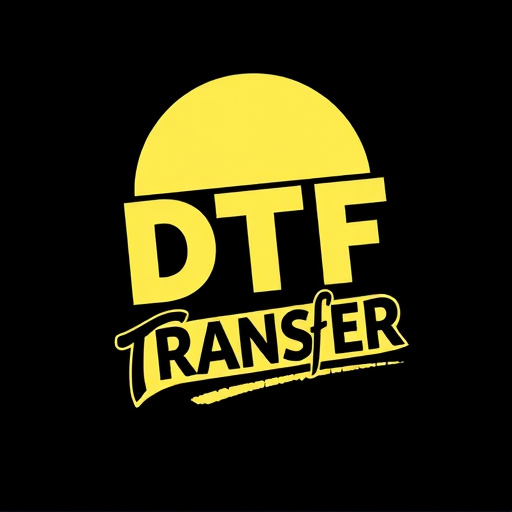
Pre-made DTF Transfers are revolutionizing DIY crafting and design, offering instant and precise heat application for a variety of surfaces. These transfers, created through advanced DTF Printing techniques, provide users with an efficient way to achieve professional-looking results at home. By eliminating the need for intricate hand painting or complicated application methods, DTF Transfers unlock a world of creative possibilities for folks of all skill levels.
With a vast array of designs available, from simple motifs to complex illustrations, these pre-made transfers cater to diverse artistic tastes and project requirements. Whether adorning clothing, bags, or even furniture, DTF Prints allow for quick customization and personalization without compromising on quality or aesthetics. This accessibility makes DTF Transfers a game-changer for those seeking to express their creativity in a timely and hassle-free manner.
The Heat Application Process: Step-by-Step Guide to Success
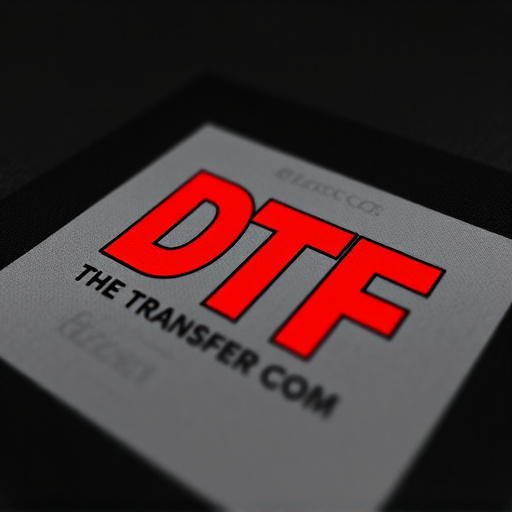
Applying heat to a DTF (Direct-to-Fabric) transfer is a precise process that ensures crisp, high-quality prints on various fabrics. Here’s a step-by-step guide for achieving optimal results with your DTF transfers:
1. Preparation: Start by ensuring your work area is clean and organized. Place the fabric onto a flat, heat-resistant surface, with the side that will receive the print facing up. Position the DTF transfer film over the fabric, aligning it carefully according to the design you intend to apply. Make sure there are no bubbles or creases in the film for the best transfer quality.
2. Heat Application: Use a heat press machine set at the appropriate temperature and pressure recommended by the manufacturer of your DTF material. The ideal temperature ranges from 150°C (302°F) to 180°C (356°F), but it’s crucial to follow the specific guidelines for your DTF prints. Apply heat evenly across the entire transfer film for a set duration, typically between 15 and 30 seconds, depending on the fabric type and heat press settings. A consistent pressure ensures optimal contact between the film and the fabric.
3. Cooling and Removal: After heating, allow the transfer to cool down for a few minutes. This allows the DTF inks to bond with the fabric fibers. Once cooled, carefully peel away the transfer film from the fabric. If done correctly, the print should be vibrant and permanently fixed onto the fabric surface.
Benefits of Using Ready-to-Use DTF Prints for Artists and Businesses
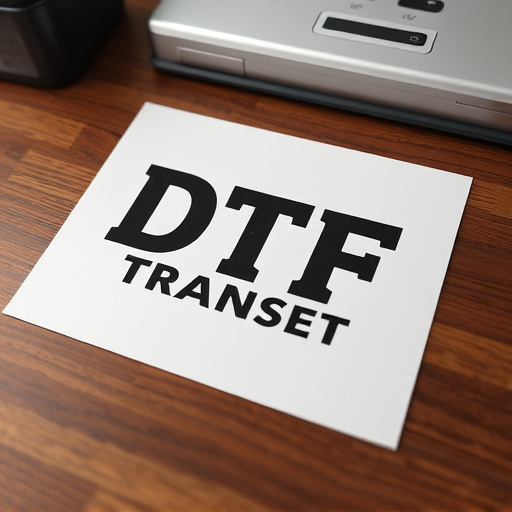
Using ready-to-use DTF (Direct to Fabric) prints offers a host of benefits for both artists and businesses. For artists, the convenience is undeniable; pre-made DTF transfers prepared for immediate heat application allow them to focus more on their creative process without the time-consuming setup involved in traditional printing methods. This speed means artists can turn around projects faster, meet deadlines, and perhaps even take on more diverse commissions.
For businesses, particularly those specializing in custom apparel or textile design, DTF Printing provides an efficient solution. It streamlines production, reduces waste, and minimizes the need for specialized equipment. The versatility of DTF Transfers also opens up a world of design possibilities, allowing businesses to cater to a broader range of client preferences and stay ahead of trends.
Common Materials and Their Suitability for DTF Transfer Printing
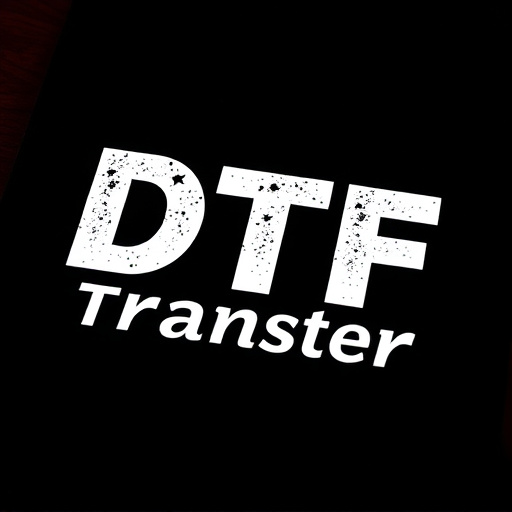
When it comes to DTF (Direct-to-Fabric) transfer printing, the choice of materials plays a pivotal role in achieving high-quality, long-lasting DTF prints. Common materials used for DTF transfers include polyester, cotton, and a blend of both. Polyester, with its excellent heat resistance and quick drying time, is an ideal fabric for DTF printing. It ensures the ink fuses well with the fabric, resulting in vibrant and durable DTF prints. Cotton, on the other hand, offers a softer feel and breathability, making it suitable for certain designs and applications where a more natural touch is desired.
Blends of polyester and cotton combine the best of both worlds, providing both durability and comfort. These materials are commonly used in apparel and textile industries, allowing for easy integration of DTF transfer technology into existing production lines. The suitability of these fabrics for DTF printing depends on factors like thread count, weight, and pre-treatment, all of which contribute to the final quality of the DTF prints.
Troubleshooting Tips: Overcoming Challenges with DTF Transfers
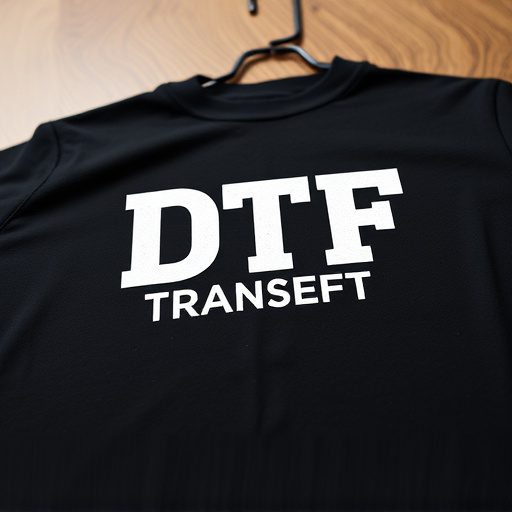
When working with pre-made DTF transfers for immediate heat application, several common challenges can arise. One of the primary troubleshooting tips is to ensure proper preparation of the substrate. Cleanliness and roughening the surface slightly can greatly improve adhesion. Avoid using highly smooth or polished materials, as this can prevent the transfer from adhering correctly.
Another key consideration is temperature control during application. While DTF transfers are designed for easy heat transfer, inconsistent heating can lead to poor results. Preheat your substrate evenly and maintain a consistent temperature throughout the process. Check your iron’s settings and ensure it’s suitable for the specific DTF material you’re using. Regularly cleaning and calibrating your tools can also prevent issues related to buildup or inconsistency.

